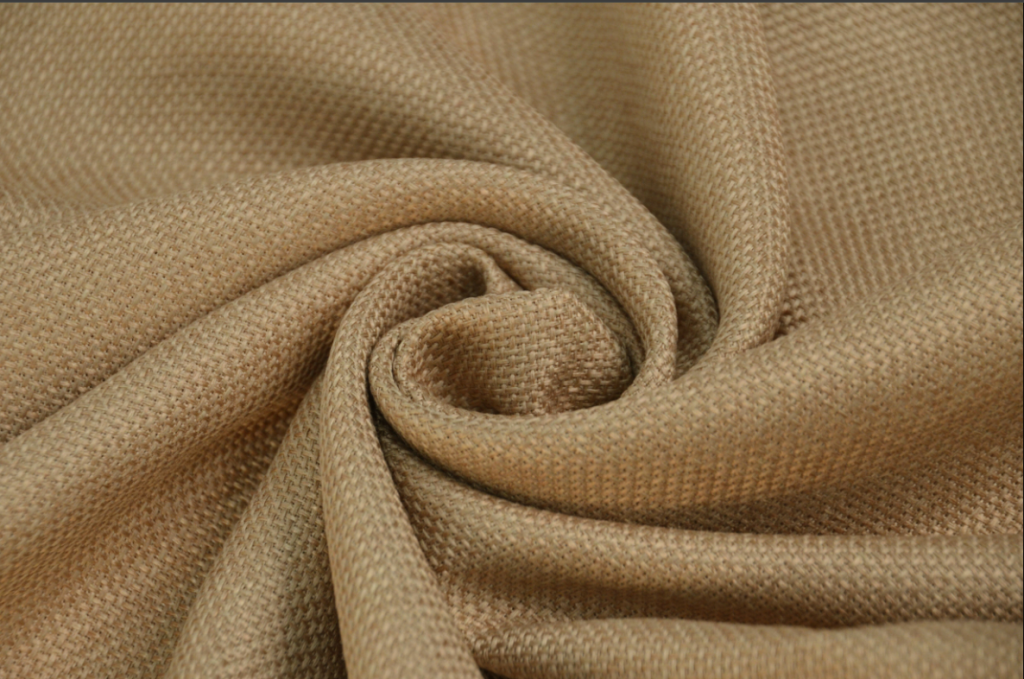Jute, often associated with traditional burlap sacks, has seen a remarkable transformation in recent years with innovations in terms of production. The modern jute factory has evolved, embracing technology and sustainable practices to meet the demands of the changing world. In this post, we’ll explore the innovations that have reshaped jute production, making it more efficient, eco-friendly, and versatile than ever before.
Innovations in Jute Production: The Modern Factory
Jute, a natural fiber known for its strength and versatility, has a rich history dating back centuries. Traditionally used for burlap sacks and twine, jute has witnessed a resurgence in recent years, thanks to innovations in jute production that have propelled it into the modern era.
Automation and Technology
The integration of automation and technology into modern jute factories has revolutionized the production process. Cutting-edge machinery, ranging from automated harvesters to precision retting equipment, has streamlined every stage of jute production. These innovations have not only significantly increased efficiency but have also ensured consistent product quality. Automation allows for precise control over factors like fiber length and strength, resulting in jute that meets stringent industry standards. As a result, jute products from modern factories are more reliable and dependable than ever before, making them a preferred choice for various applications, from textiles to packaging materials.
Eco-Friendly Processing
In response to environmental concerns, modern jute factories have wholeheartedly embraced eco-friendly processing methods. Traditional jute retting, which involved soaking jute fibers in water, posed water pollution risks. However, today’s jute factories employ cleaner and sustainable retting techniques. Microbial retting and dew retting have gained prominence, significantly reducing the ecological footprint of jute production. These methods not only safeguard water quality but also conserve water resources, making jute production more environmentally responsible.
By prioritizing eco-friendliness, modern jute factories align with the global push towards sustainable and green manufacturing practices, contributing to a cleaner and healthier planet while still producing high-quality jute products.
Diversification of Jute Products
The modern jute factory has gone beyond the confines of burlap sacks, diversifying its product range to cater to a broader consumer base. Today, jute is a versatile material used in the creation of textiles, stylish apparel, chic home decor, and eco-friendly packaging materials. This diversification has expanded the market for jute, making it relevant in various industries. Jute’s natural charm and sustainability have made it a sought-after choice among consumers who value environmentally responsible products. As jute products continue to evolve, it’s evident that this natural fiber has transcended its traditional role and firmly established itself as a versatile and eco-conscious material for modern living, offering consumers a range of fashionable, functional, and sustainable options worldwide.
Hybrid Jute Varieties
Traditionally, jute varieties were often limited to yield and fiber quality. However, continuous research and innovation in jute production have led to the development of hybrid jute varieties. These hybrids offer significantly higher yields and superior fiber quality, making them a game-changer in the industry. These hybrids are not only disease-resistant but also better suited for modern farming practices. Farmers can now grow jute more efficiently, increasing production and a more reliable supply of this valuable fiber. Hybrid jute varieties have revitalized the jute farming sector, providing economic benefits to farmers while ensuring a steady supply of high-quality jute for modern factories.
Sustainable Farming Practices
Sustainability is at the forefront of modern jute production, with a particular focus on environmentally friendly farming practices. Many jute factories have embraced sustainable farming methods such as crop rotation and organic farming. These practices reduce the use of harmful pesticides and fertilizers, minimizing the environmental impact of jute cultivation.
Moreover, sustainable farming practices enhance the quality of jute fibers by promoting healthier soil and reducing chemical residues. By prioritizing sustainability in jute farming, modern factories contribute to the conservation of biodiversity and the overall health of the ecosystem. These eco-friendly practices not only benefit the environment but also result in higher-quality jute fibers that meet the demands of a conscientious and eco-conscious market.
The transformation of jute production in the modern factory is a testament to the adaptability and resilience of this natural fiber. By embracing technology, sustainability, and diversification, jute has not only remained relevant but also gained prominence in various industries. The modern jute factory is no longer limited to producing burlap sacks; it is a hub of innovation, producing eco-friendly textiles, fashion items, and sustainable packaging materials. As we continue to seek eco-conscious alternatives in the changing world, jute stands as a shining example of a traditional material reinvented for a modern, sustainable future.
You may also like
-
Classified Websites in India: A Digital Marketplace for All
-
Why Sod Installation is the Quickest Way to a Beautiful Lawn?
-
The Role of Statutes and Case Law in Policy Limit Access
-
Setting Up a Home Theater with LG CineBeam Q The Ultimate Guide
-
Business Listing Sites in USA: 2025 Guide for Better Online Visibility

